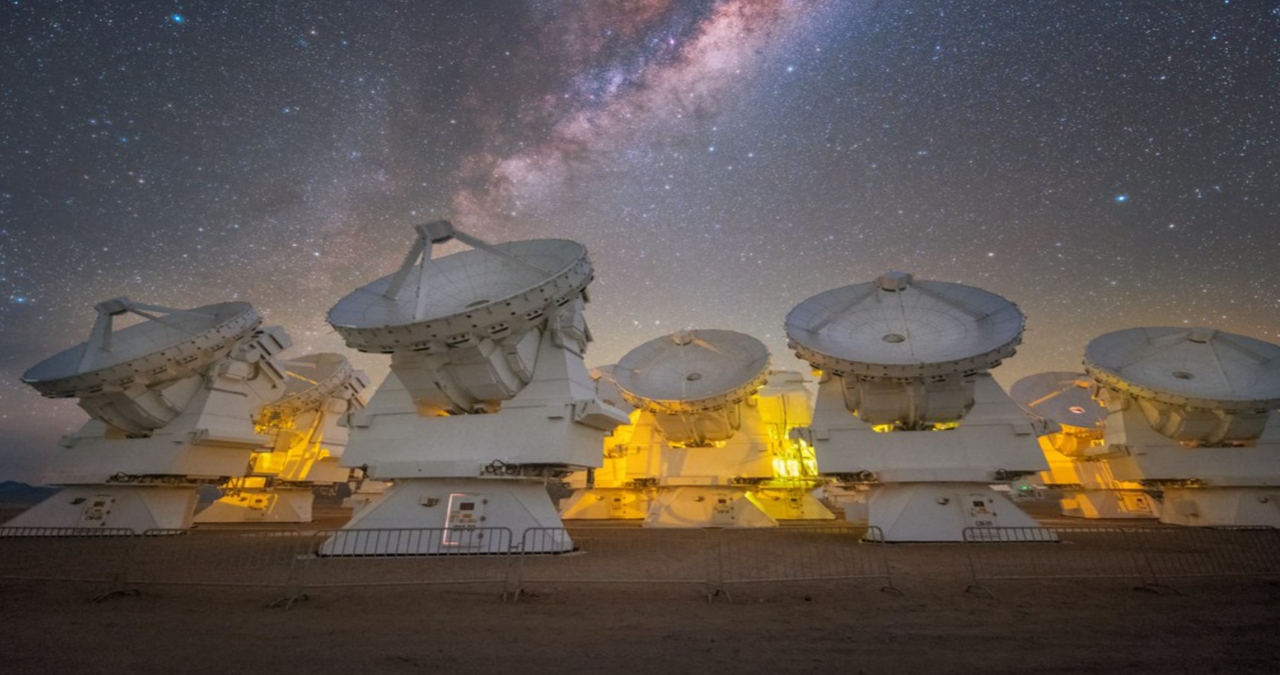The Coldest Place in the Universe
The Coldest Place in the Universe is the Boomerang Nebula. Discovered by
astronomers in 1995, this object has a temperature of -272degC. This is one degree
warmer than the temperature of absolute zero. However, the background radiation
from the Big Bang is much warmer than this object, making it the only object in the
universe cooler than this background radiation. Here’s why. If you’ve ever wondered
where in the Universe the coldest place in the universe might be located, this is the
place for you.
Boomerang Nebula
temperature in this nebula is one degree Kelvin, which is -458 degrees Fahrenheit.
This is because the objects in the boomerang are so cold because they absorb the
heat from the surrounding deep space. Scientists are working very hard to cool
these objects down to this extreme temperature. This process teaches us wild facts
about the universe.
double-lobed object in space
The boomerang nebula is a double-lobed object in space. This structure was
originally discovered by ground-based telescopes in the early 1990s. In 2005, the
Hubble Space Telescope confirmed its structure. But recent ALMA observations have
revealed that the twin lobes of the bow-tie are an optical illusion. The coldness of the
region is caused by the gas expanding rapidly.
Gravito-Magnetic trap
Gravito-Magnetic trap
A new research project, the Gravito-Magnetic trap, has made a breakthrough in
atomic physics. Researchers have shown that a spin-polarized gaseous Bose-
Einstein condensate can be held within a magnetic trap and transitions rapidly to its
final state. The experiment has several advantages, one of which is that the
researchers can observe atoms for up to ten seconds without any loss of
information. Another advantage of this new experiment is that the temperature of
the atom cloud can be controlled to a few tens of degrees.
To reach this temperature
To reach this temperature, scientists must first chill rubidium atoms to 100
nanokelvin, one millionth of a Kelvin above absolute zero. The researchers have
dubbed this state a Bose-Einstein condensate, which is the ‘fifth’ state of matter.
The experiment is likely to help scientists understand the bizarre quantum behavior
of ultra-cold atoms.
Quasar 3C 273
Quasar 3C 273
This observation of a quasar in the coldest place in the universe suggests that the
molecular gas motion is driven primarily by ordered gravitational motion. Moreover,
the stellar mass of 3C 273 is estimated to be M* 4 x 1012 M. Its intrinsic rotational
velocity is approximately 400 km s-1 at an 8 kpc distance. Furthermore, the ionized
gas phase of the star reaches its maximum radial velocity of 150 km s-1. This implies
an inclination of 20 deg.
This discovery was made possible by observations made with the Atacama Large
This discovery was made possible by observations made with the Atacama Large
Millimeter/submillimeter Array. This object is 2.4 billion light-years from Earth and is
the nearest quasar to our galaxy. The host galaxy is a mystery but astronomers
have found a connection between supermassive black holes and star formation
suppression. In addition, the discovery may apply to other quasars in our galaxy.
Preplanetary nebulae
The angular resolution of HST imaging allows astronomers to study the structure of
these nebulae with the highest angular resolution. The image of the S lobe shows a
bright limb-brightened lobe extending outward from its center in a wide V shape.
The limbs then follow a circular shape to an axial offset of 44 degrees and merge at
a distance of 179 deg.
scientists
The coldest places in the universe, according to some scientists, are in preplanetary
nebulae, where the gas rapidly expands unchecked and cools at a constant rate.
Known as adiabatically cold regions, these objects are only slightly warmer than the
cosmic microwave background and thus are the coldest places in the Universe. But
despite the coldness of these areas, the Boomerang Nebula is still the coldest
naturally occurring object in the universe.
Earth’s coldest place
Earth’s coldest place
In 1983, the Vostok Research Station in East Antarctica reached a record low of
minus 128.6 degrees Fahrenheit. Today, the Vostok Research Station is the coldest
permanent location on Earth, and it’s home to the lowest annual mean temperature
of any weather station on the planet. Founded by the Soviet Union in 1957, the
Vostok Research Station is home to interesting research. Scientists have been able
to explore the subglacial Lake Vostok, revealing a complex ecosystem of
multicellular creatures and microbes that can live in such extreme temperatures.
Polar Plateau
The coldest place on Earth is the East Antarctic Polar Plateau. Researchers studied
large snow dunes in the area and observed cracks in the surface. This might be
caused by low temperatures during the winter or a shrinking of the top layer of snow.
The researchers then searched for the coldest location on the planet using satellite
data. The researchers discovered that Antarctica is the coldest place in the universe.
It is also the driest continent on Earth.

I’m publisher on vents today if anyone want post on our website then do contact






